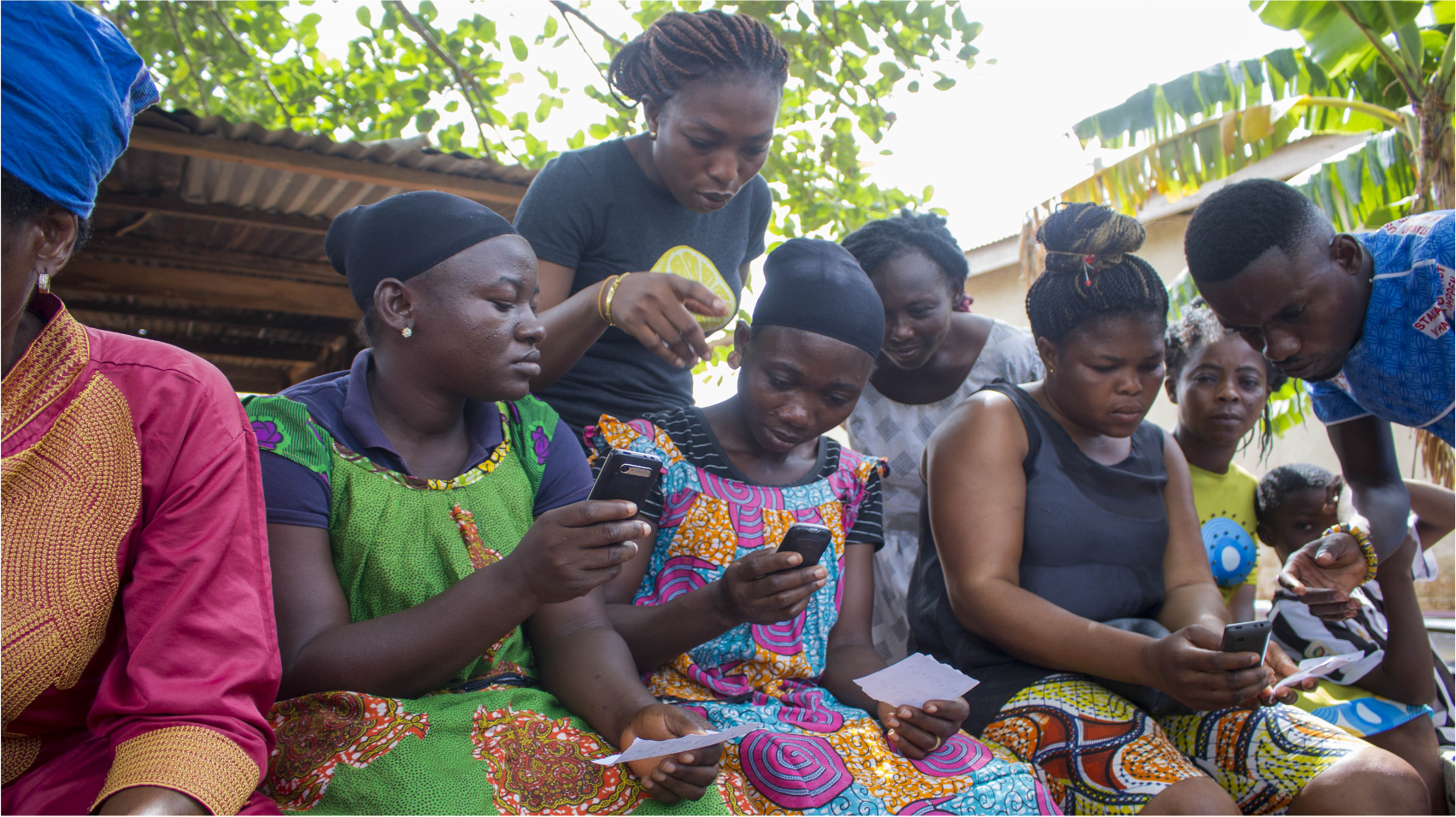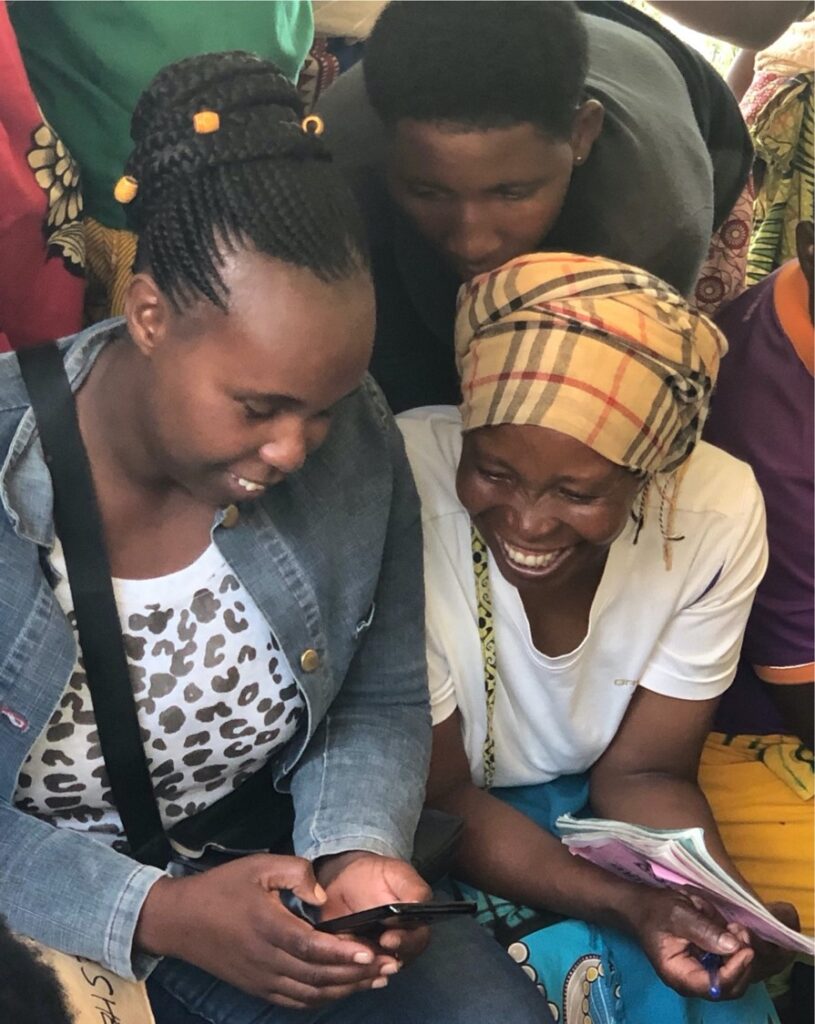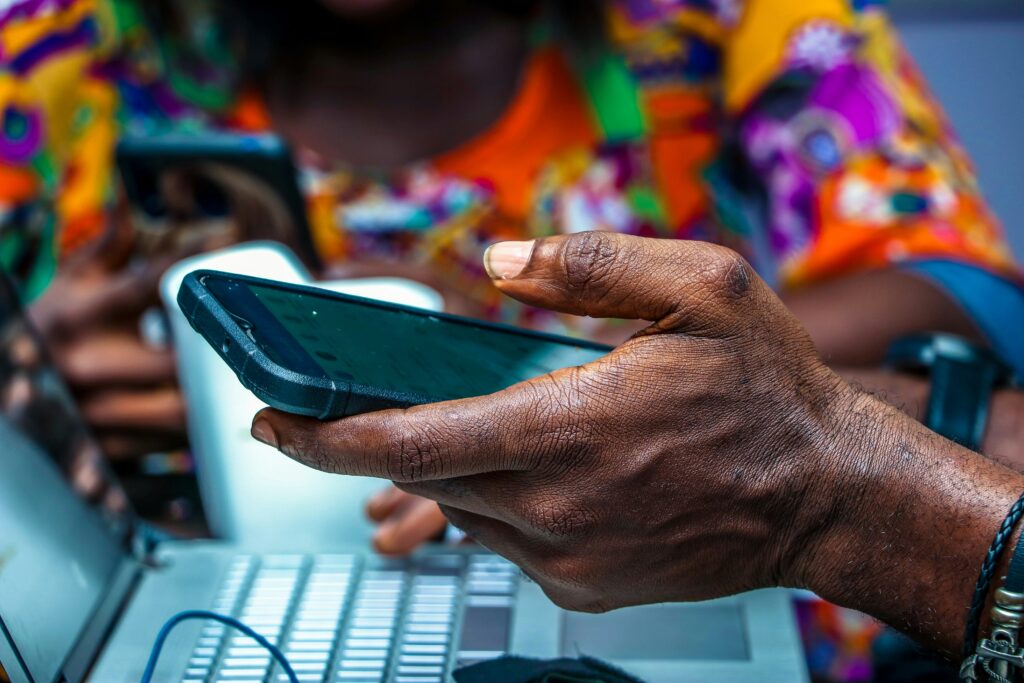Key Takeaways
- The digital journey of microfinance institutions (MFIs) over the past three decades has been slow and uneven, with booms, busts, successes, and setbacks.
- The digital transformation of savings groups may be characterized much more by incrementalism and uneven progress than by disruptive change.
Take Action
Heed the lessons of the digital journeys of MFIs. This means patience, keeping hype and hubris in check, tempering expectations, questioning assumptions, and recognizing that what we’re building, acquiring, and deploying today may not exist in a few years, but may very well serve as an indispensable foundation for other things to come.
In the social sector, much ink is spilled on disruptive change. The social, economic, and environmental challenges of our world are indeed substantial and often daunting, so the search for – and allure of – disruptive solutions is understandable. But the reality is that most sustainable progress is incremental.
Incremental Innovation
As opposed to disruptive innovation, “incremental innovation is a series of small improvements or upgrades made to an organization’s existing products, services, or processes,” explains Aislyn Fredsall at TechTarget.
According to Harvard Business School professor Clayton Christensen, the demand for disruptive innovation leads to over 30,000 new products introduced every year, but 95% of them fail. Incremental innovation may not be as exciting, explains ALCOR, a global investment and innovation fund. But most sustainable progress is incremental.
The Modern History of Digital Microfinance
Recent research from the Financial Access Initiative (FAI) reveals that the digital journey of microfinance institutions over the past three decades has been slow and uneven, with booms, busts, successes, and setbacks. In other words, the digital transformation of MFIs has been much less a ‘digital revolution’ and much more about ‘digital incrementalism’.
What lessons, if any, can be drawn for digital savings groups?
The Modern History of Digital Microfinance
“In some respects, the modern history of digital microfinance parallels that of the internet itself – with hype and hubris, bull and bear, boom and bust. In the 1990s, most MFIs still used paper records. In the 2000s, they may have switched to Excel for loan management. The 2010s saw the emergence of management information systems, with prices coming down to make them viable for even small providers.
There are [now] new entrants everywhere in the financial inclusion sector – mobile network operators (MNOs), made-to-order products (MTOs), fintechs, online consumer lenders. Their emergence is transformative, no doubt. But not all evolution mandates revolution, and the digital transformation of MFIs is characterized much more by incrementalism. The pandemic has been an almost-perfect driver to catalyze a quantum leap forward. The reality is more nuanced; more guarded. The gains have been uneven and progress typically incremental. It almost begs the question – if a pandemic and endless lockdowns couldn’t really digitally transform and revolutionize the sector – whatever will?
The 1990s saw a maniacal boom in the nascent World Wide Web, followed by a tremendous crash. However, that same dotcom boom-and-bust of the late-90s laid the ground for the internet of today – building out the infrastructure, awareness and capabilities the ultimate uses for which were then mostly unforeseeable. The same may well be true here. It’s not only the past incremental improvement in how MFIs have collected and stored client data that has laid the ground for the digitalization of tomorrow; the investment and impetus for digital financial services as a result of the pandemic will similarly create opportunities that are difficult to imagine, let alone predict. The apparent reluctance of some [MFIs and clients] to adopt some new technologies doesn’t mean those platforms are objectively valueless, but only that their real value isn’t yet fully apparent or realized.
The notion that digital transformation is revolutionary, fast-moving and inevitable has become a sort of industry orthodoxy. There’s no doubt that over the long term, business growth and customer satisfaction cannot be achieved without adopting digital tools. However, there remains a great deal of uncertainty for MFIs about what kind of technologies to adopt and how their clients will engage with them. The challenge is surely not whether to digitize, but how.” -Financial Access Initiative, NYU Wagner
Lessons for Digital Savings Groups
Could the digital transformation of savings group programs be better understood as a process of incremental change, rather than the adoption of a new, revolutionary app?
If anything, the promoters of DSGs would be well advised to heed the lessons of the digital journeys of MFIs. This means patience, keeping hype and hubris in check, tempering expectations, and questioning assumptions. This also means recognizing that what we’re building, acquiring, and deploying today may not exist in a few years, but may very well serve as a foundation for other things to come.
Digital Savings Groups in a Changing World
While valuable lessons can be drawn from the digital journeys of MFIs, the context is fundamentally different today than a decade ago, let alone 30 years ago.
- Smartphone users – as of 2022, there are an estimated 6.6 billion smartphone users worldwide, compared to one billion in 2012.
- Smartphone ownership – nearly 4 billion people own a smartphone today, compared to one billion in 2012, and only 30,000 people in 1994 (Strategy Analytics).
- Mobile money – in 2021, the GSMA reported 316 mobile money services across 98 countries, and 1.35 billion registered mobile money accounts, with nearly half of net additions worldwide in Sub-Saharan Africa. Last year, over USD 1 trillion was processed by the mobile money industry, in part through a network of 5.6 million unique agent outlets that has grown more than tenfold since 2012 (State of the Industry Report on Mobile Money 2022).
- Internet use – in low-income countries, the percentage of people using the internet increased from 4% in 2011 to 21% in 2020. Globally, over the same period, the figure doubled from 31% to 60% (World Bank)
- Digital identity – 161 countries have identification (ID) systems using digital technologies, and 6.6 billion people worldwide have some form of digital identification (World Bank ID4D database). According to the McKinsey Global Institute, the rapid growth in digital IDs holds the promise of digitization, formalization and inclusive growth, providing greater access to goods and services.
- Digital literacy – while there is limited data related to digital skills and digital financial literacy, a multi-country GSMA survey indicates a steady growth in mobile internet awareness, skills, and confidence across eight low- and middle-income countries surveyed (The Mobile Gender Gap Report 2021).
- Gender gaps – for the first time since 2017, the gender gap in smartphone ownership has reduced across low- and middle-income countries, dropping to 15%. Despite gains in smartphone ownership, there is a persistent gender gap in digital skills and digital identification.
The Case for Patient Optimism
There is good reason for optimism with regards to the digitization of savings groups. The benefits are tangible and potentially quite significant. And, over the past decade, there has undoubtedly been a leap in the supporting infrastructure, tools and capacities for digital savings groups.
Yet the modern history of digital microfinance should serve as a reminder that the digital transformation of savings groups may be characterized much more by incrementalism and uneven progress, rather than disruptive change. As Aga Khan Foundation (AKF) and BFA Global note in the final reflections of a randomized control trial in Tanzania, DSGs are a promising avenue to help close digital and financial divides, but the expectation that they will be a quick fix for underserved populations needs to be tempered.

Photo credit: Emergent Payments Ghana




